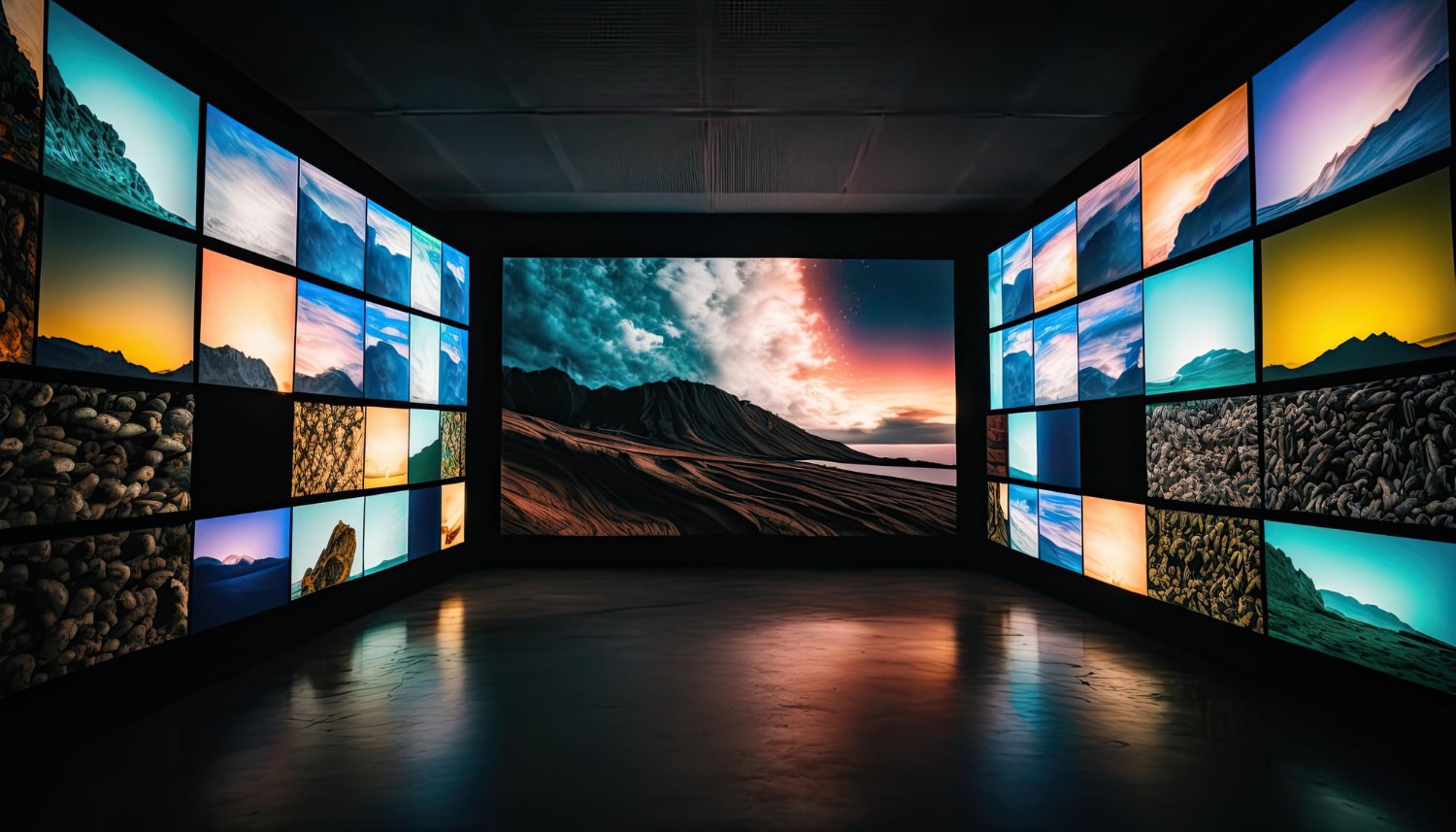Investigating the Durability of LED Display Panels in Contrast to Traditional Display Methods
Light-emitting diode panel panels have grown progressively popular in recent times, especially in settings like schools, corporate spaces, and community spaces. These panels use LED lights (LEDs) to produce bright and lively images. One of the most significant advantages of LED innovation is its durability in contrast to traditional display methods, such as cathode ray monitors (CRTs) and LCD crystal displays. Understanding the distinctions in lifespan and functionality between these options can assist buyers make informed decisions about their display needs.
Classic screen technologies, like CRTs, have been present for numerous years. They were frequently used in TVs and computer screens. However, CRTs have a shorter lifespan, generally lasting approximately 10,000 to 20,000 hours of operation. This means that after a few years, consumers may observe a decline in image clarity, such as dimming or hue deformation. In contrast, LED panel screens can last considerably longer, frequently exceeding 50,000 hrs. This prolonged duration means that users can enjoy reliable performance without the need for regular substitutions.
Another important factor to take into account is energy efficiency. LED wall panels utilize less energy than traditional displays, which not only benefits the original site ecosystem but also reduces electricity expenses. For example, while a CRT monitor may consume approximately 100 W of energy, an LED panel can consume as few as 30 to 50 watts. This discrepancy in power usage contributes to the overall durability of LED technology, as lower energy consumption generates less thermal energy. Excess thermal energy can damage electrical parts, leading to a shorter duration for traditional displays.
In addition to their extended duration and energy conservation, LED wall screens also provide enhanced image quality. They offer more vivid hues and better differentiation, making them perfect for various uses, from advertising to educational displays. The innovation behind LED screens enables for a wider viewing perspective, meaning that visuals remain sharp and vibrant even when viewed from the flank. This is a significant advantage over conventional screens, which frequently suffer from color deformation and diminished luminosity at wider angles.
In summary, the longevity of LED panel panels compared to conventional screen methods is a crucial factor for consumers to take into account. With durations that can surpass 50,000 hours, energy efficiency, and superior visual clarity, LED technology provides many benefits. As innovation continues to progress, LED panel screens are likely to become even more prevalent in various environments. Grasping these distinctions can help people and organizations make improved decisions when investing in display innovation, guaranteeing they get the optimal worth for their needs.